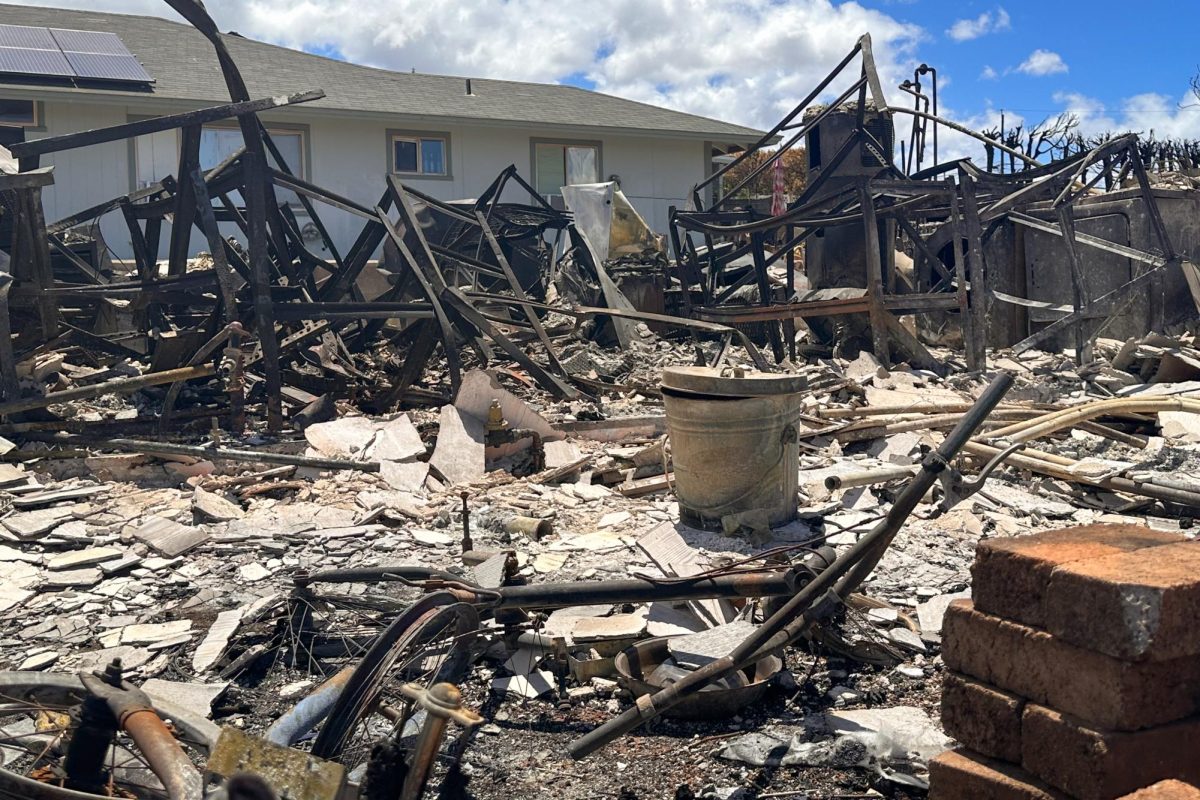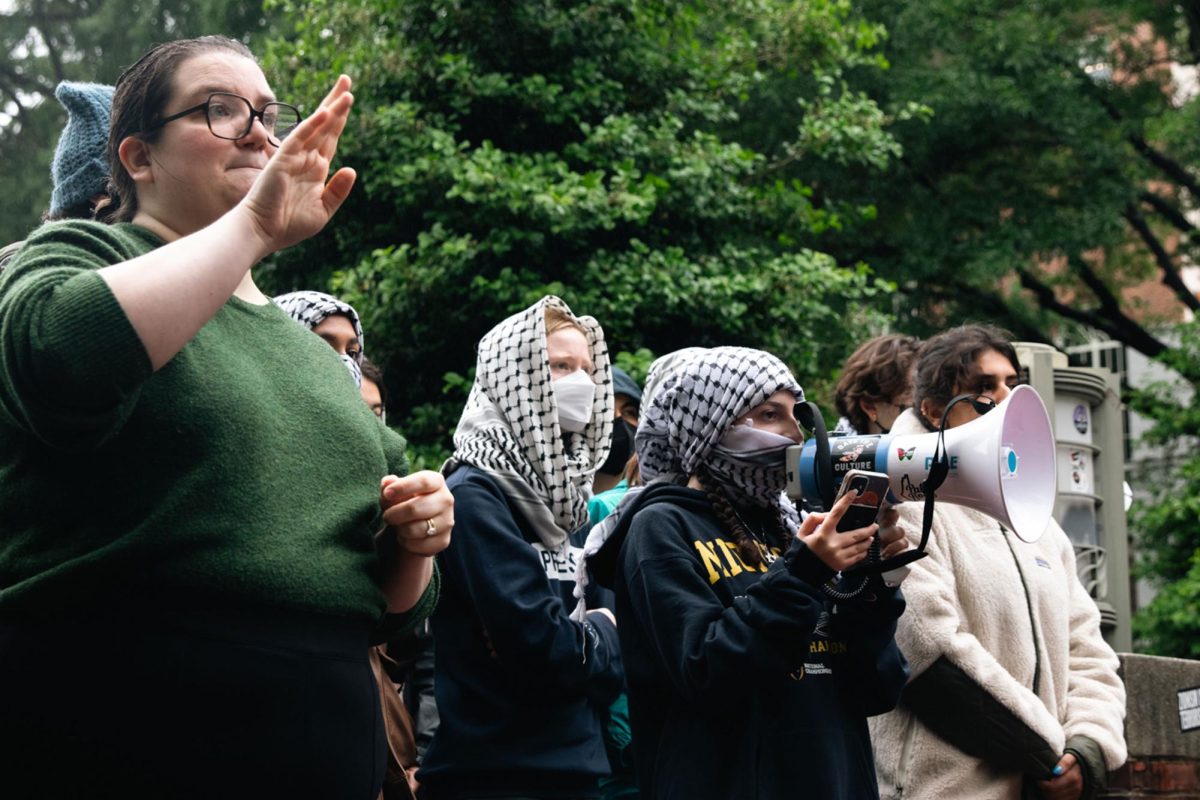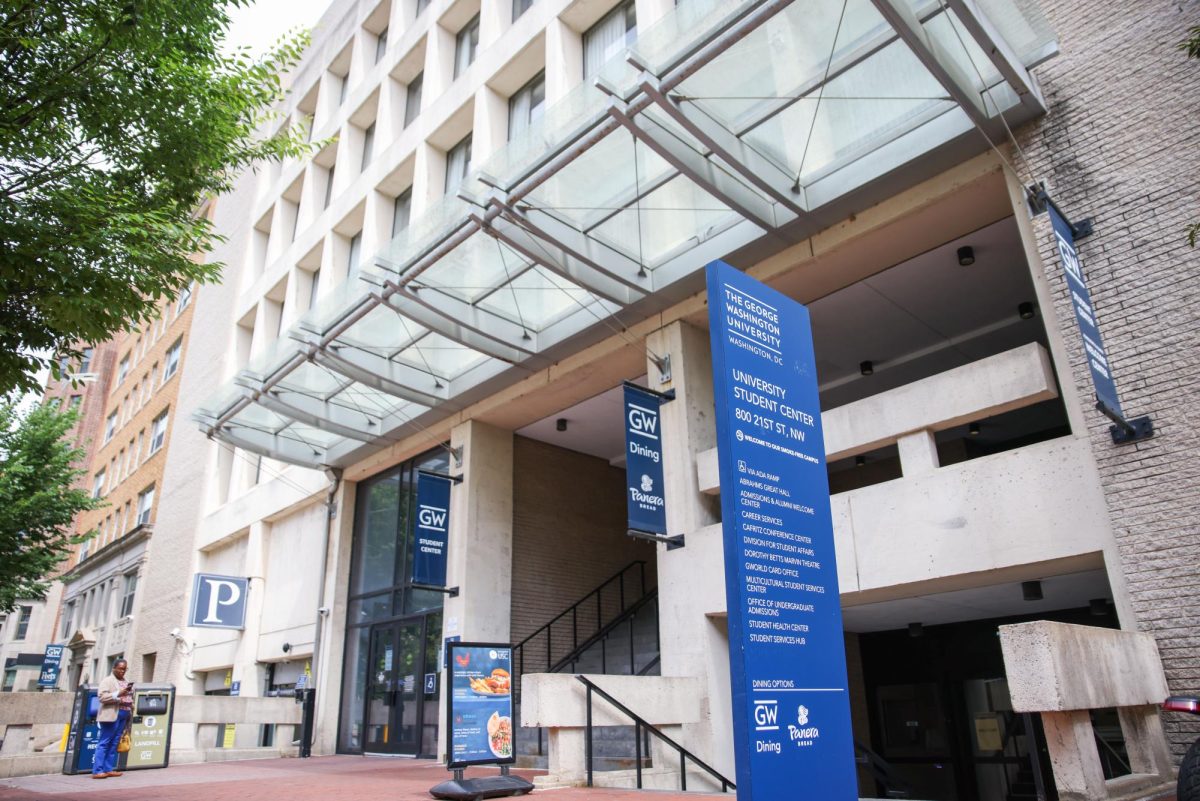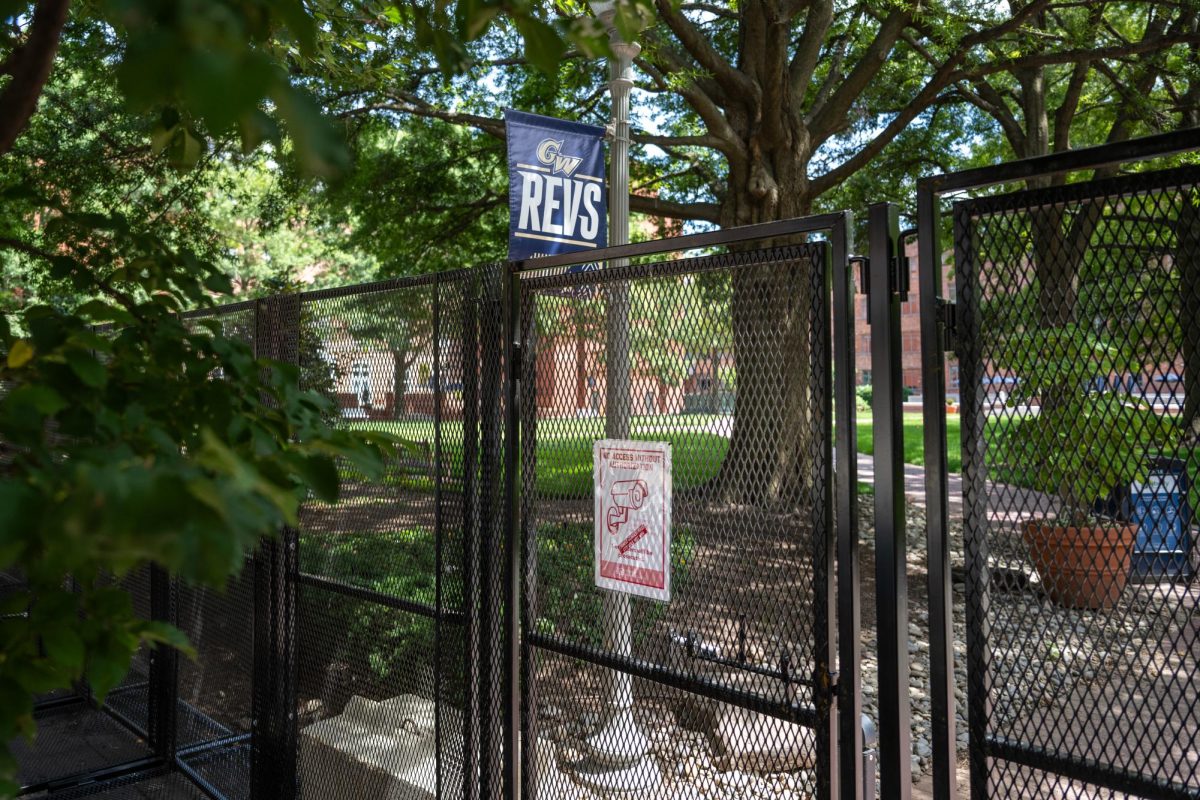Updated: Sept. 18, 2023, at 1:28 a.m.
Senior Frank Fasi III was working at a development firm in Honolulu, Hawaiʻi, at noon on Aug. 8 when he decided to check the news on his phone. He didn’t think much of a story that popped up about a fire in Maui on a local news site, assuming it was just another small brushfire, which have typically occurred about once per year in Hawaiʻi since 2004.
It wasn’t until the wildfires reached national news later that day that Fasi began to panic.
Flames enveloped the island of Maui in early August, leaving Lāhainā — a historic whaling town and the former capital of the Hawaiian Kingdom in Maui County — disproportionately impacted. Officials have contained at least 85 percent of the fires in different parts of the island as of Sunday, but over the past three weeks, the flames scorched more than 2,000 acres of land and left at least 97 people dead, with hundreds still missing.
The fires are now the deadliest the country has recorded in the past century, surpassing California’s Camp Fire, which killed 85 people in 2018.
The causes of the fire are under investigation.
“We all never thought this kind of thing could happen in Hawaiʻi,” Fasi said. “We see it all the time happen in California and we thought in Hawaiʻi it was wet enough, that it rains enough, this couldn’t happen, but we were shocked.”
Fasi, the GW Hawaiʻi Club’s financial officer, said he tried to call his uncle, who lives in Kula, Maui, when he realized the magnitude of the fires. But because the fires disrupted cell service, Fasi said he didn’t know whether his family had been hurt until a day later.
Fasi said his uncle could hear the “popping and crackling” of the fire, which reached just a block away from his home before turning in a different direction.
“We kind of had hope that they would be okay just because they were far enough from it, but I just felt sorry for all the people who lost their homes that day,” Fasi said.
Up until August 2018 — when a burst of wildfires broke out in Maui and destroyed more than 2,000 acres of land — devastating wildfires in Hawaiʻi were considered uncommon, with experts attributing most to volcanic eruptions. Now, Hawaiian wildfires are becoming more frequent and extreme due to human activity, climate change and unattended dry vegetation that creates a favorable landscape for flames to spread, according to the Hawaiʻi Department of Land and Natural Resources.
Fasi said while Lāhainā burned, the island’s 150-year-old Banyan tree remained standing. The tree is the largest of its kind in the country at more than 60 feet high, with branches providing shade to almost two-thirds of an acre.
Fasi said the tree’s survival among the flames is a “testament to the strength” of the people of Lāhainā.
“In Hawaiʻi, the culture lives in the people more so than the buildings,” Fasi said. “And as long as the land itself is there and the people are there, the culture will live on.”
Jennifer Schmidt, a senior and the president of GW’s Hawaiʻi Club, said the student group plans to organize a fundraiser to raise money for fire victims and hopes to collaborate with American University’s Hawaiʻi club and Sen. Mazie Hirono’s (D-HI) office. Schmidt added that GW students can help those impacted by the wildfires through donations, spreading awareness and avoiding tourism in Hawaiʻi.
Schmidt grew up in Guam and said she sympathized with those who have been impacted by the wildfires after having lived through the effects of the Category 4 Typhoon Mawar, which hit Guam in late May.
“A lot of the residents and people there, they have to deal with the trauma of surviving it, seeing the disaster and it is a long-term recovery period,” Schmidt said. “The recovery period is a lot more than beyond just the flames, just the rebuilding, there’s a whole infrastructure that needs to be rebuilt.”
Schmidt said it was upsetting to see Lāhainā, a town rich in Hawaiian culture as the original capital of Hawai’i, severely harmed by the fires because of the history of cultural repression among indigenous Hawaiians through various imperialist assimilation practices.
“They have been robbed of their culture in the past and to see that this disaster took it almost in another way, extremely upsetting,” Schmidt said.
President Biden approved Hawaiʻi Gov. Josh Green’s request for emergency federal assistance Aug. 10, a declaration that provides federal funding for individuals affected in Maui County and state and eligible county governments, according to a White House release. In addition to federal aid, people from at least 44 countries contributed donations to the Hawaiʻi Community Foundations Maui Strong Fund, raising more than $66 million as of Thursday.
Natalie Turner, a senior and GW Hawaiʻi Club’s chief financial officer, said she was at a friend’s house in East Oahu when she saw reports and pictures of the rampaging fires saturating her Instagram feed. She said she immediately tried contacting her uncles who live in Maui but didn’t find out that her family was located safely upwind from the fires until a few days later because of blocked cell service.
Turner said when locals on the other islands got news of the fires they immediately put their daily lives on pause to focus their efforts on aiding Maui, highlighting the solidarity between islands.
“Having that ancestral connection like Native Hawaiians and Indigenous people in general are very tied to the land even if it’s not specifically where their family is from,” Turner said. “So even then, there’s a deep pain in my chest that I don’t really know how to explain.”
Turner said no one should travel to Lāhainā “for a while” as locals work to rebuild their culture and community and mourn the lives lost during the fires. She added that she has “faith” the islands will come together to support Lāhainā’s rebuild so the families there may return to “some level of normal” living in the future.
“Something that students here can keep in mind is obviously not to travel to the islands for any kind of vacation, because that’s going to take resources away from both Maui, the citizens of Maui and across the islands,” Turner said.
This post was updated to reflect the following:
The Hatchet updated this post to include the accurate death toll from the wildfires after Gov. Josh Green announced that officials miscounted the number of victims Sept. 15.








